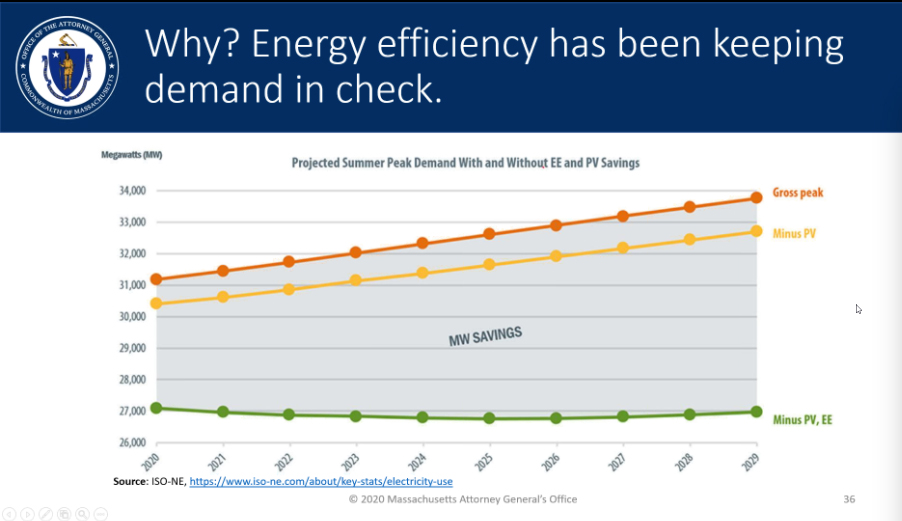Energy efficiency is about more than shaving down your utility bills.
Getting as efficient as possible keeps your home and neighborhood healthier by cutting both indoor and neighborhood emissions from burning fuels, and keeping your warmer in winter, cooler in summer.
It’s also about helping combat climate change. Less demand for energy means less demand for new fossil fuel infrastructure and less demand new, clean energy infrastructure – making converting to clean energy systems more affordable.
SAVING MONEY
The U.S. Department of Energy estimates that the typical household can save 25% on utility bills with energy efficiency measures, which amounts to over $2,200 annually. *
How much of an impact does proper insulation have on your energy costs? Consider this: homes built before 1950 that have an insufficient amount of insulation use 60% more energy per square foot than those built after 2000. With average heating and cooling expenses of $1,049, this translates to an annual utility bill that is about $630 higher compared to homes with sufficient insulation. Even with the upper average cost for insulation projects of $3,000, you can start to see real savings in just five years. The same concerns regarding air leaks and proper insulation should also be addressed for air ducts, which can reduce your heating and cooling bills by 20%.*
A HEALTHIER HOME
If you use fuel-burning appliances your home, especially fuel-burning stovetop and oven, you’re experiencing in-home emissions that have immediate impacts to your respiratory health.
» See No Fracked Gas in Mass’ Indoor Health Impacts Page
Even vented appliances like a furnace, hot water heater or dryer contribute to local emissions in your neighborhood.
Effects of Residential Gas Appliances on Indoor and Outdoor Air Quality and Public Health in California
This UCLA study catalogs a range of pollutants from gas appliances that worsen both indoor and outdoor air quality: carbon monoxide, nitrogen oxides, formaldehyde, and the fine particulate matter known as PM2.5.
The findings are especially important now that preliminary study results suggest even a small increase in long-term exposure to PM2.5 air pollution may be linked to higher death rates from COVID-19. This danger is disproportionately high in low-income communities already saddled with the health consequences of toxic air. These same neighborhoods tend to grapple with smaller, overcrowded spaces, poor ventilation, and older or poorly maintained appliances, making burning gas indoors even more hazardous.*
CLIMATE BENEFITS
Saving energy reduces greenhouse gas emissions. Even if your home is all electric, if it’s not powered by solar, wind or other Class I renewables, using electricity generates emissions at the power plant. In Massachusetts approximately 2/3 of our electricity comes from burning “natural” gas and more than half of homes are heated with it.*
Often sold as a cleaner source of power than burning coal or oil, “natural” gas is a fossil fuel with emissions still 1/2 or 2/3 the emissions of coal or oil, and in it’s unburned state, “natural” gas is 95% methane. Methane is greenhouse gas over 100 times more powerful than CO2 during it’s first 20 years in the atmosphere.* Leaks from our extraction and transmission methods are severe enough in the United States that European nations are starting to refuse to buy American LNG (“natural” gas cooled to the point of liquefaction for shipping) because of its negative impact on climate change.*
In calculating how Massachusetts is going to reach net zero greenhouse gas emissions, energy efficiency makes all the difference in obtaining those goals.
It’s also they key component that has kept down energy demand, keeping away need for more fossil fuel infrastructure and peak demand generation.
Plus, if you’re looking to take the plunge and convert to all electric appliances powered by solar or wind, getting your house as energy efficient as possible can save you thousands by lowering the size needed for your solar/wind system and battery storage.
